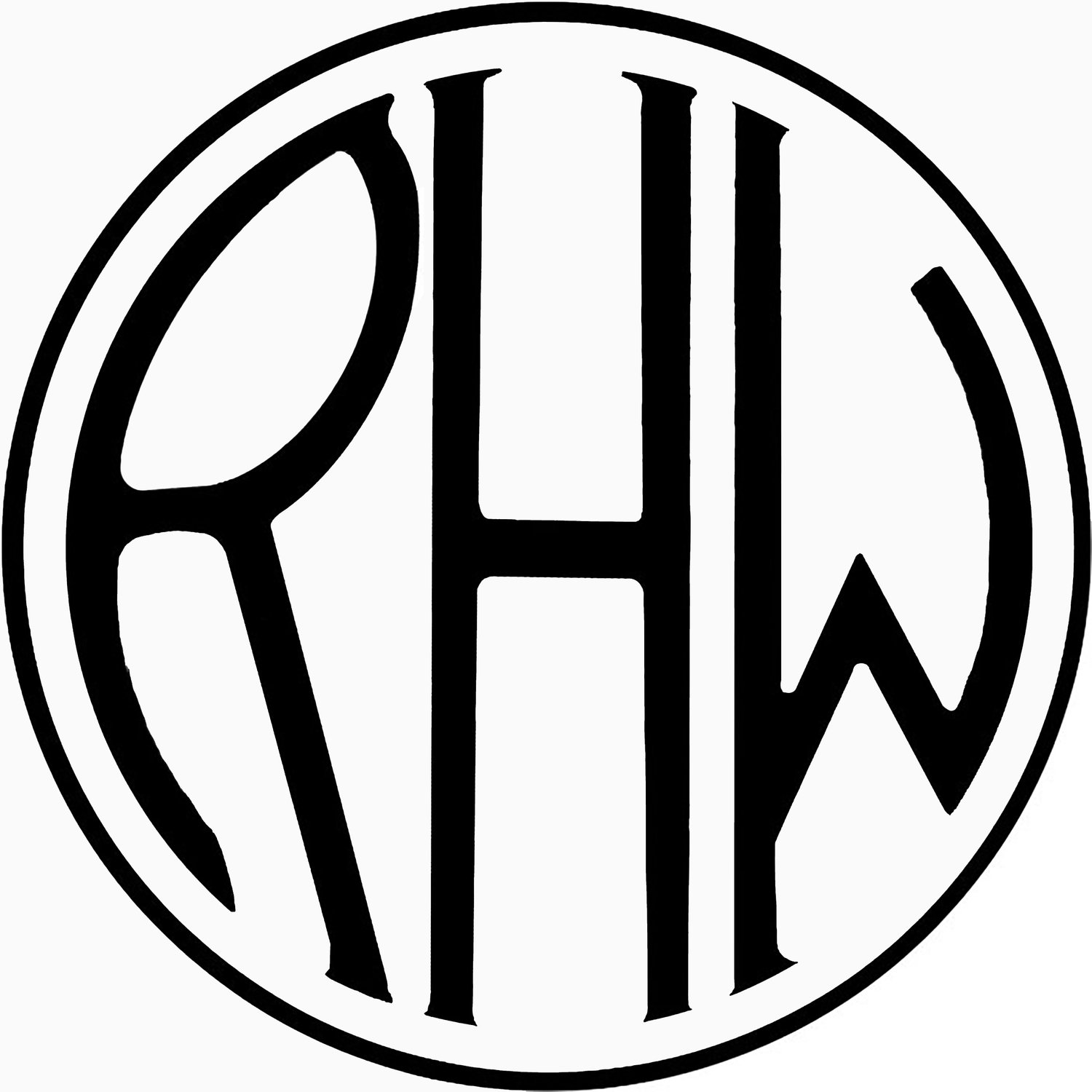Tesla before Elon Musk
During my teenage experimenting phase I embarked on the bold and dangerous task of building a Tesla Coil. Around the turn of the 20th century, Nicola Tesla was attempting to transmit electricity, without wires, through the air, using high voltage coils and static electric generators. He did succeed in doing this, but his invention was in no way practical.
I wanted to build a Tesla Coil to see if I could produce lightening like sparks in the basement.
Here is a bit of theory of how the coil works. This is so simplified that it is only partially correct, but you will get the idea. Imagine a coil of thick copper wire (the primary) inside a larger coil of thousands of turns of very fine copper wire (the secondary coil). When an alternating electrical current is applied to the primary coil a magnetic field is created which expands and contracts through the fine secondary wire. When the magnetic field passes through the secondary windings it causes the electrons in the copper wire to go nuts and they race along the surface of the secondary wire, first in one direction and then in the other. If there are enough electrons with enough energy, they escape from the top of the coil ionizing the air and creating sparks and foul-smelling ozone, and they energize the space for several feet around the coil. This charge and discharge cycle can happen hundreds of times a second.
I used a neon light transformer to produce the very high voltage necessary to energize the coils. I don’t remember much about the primary winding or capacitor, but I created the secondary by winding thousands of turns of frog’s hair fine insulated copper wire around a four-foot-long cardboard tube about 5” in diameter. The experiment was a success and when the power was connected sparks shot into the air making a crackling sound and generating enough energy to light a florescent bulb that I held in my hand several feet away. The smell of the ozone was nasty. The coil was quite dangerous, and I soon got bored with the project and dismantled it.
Nicola Tesla
